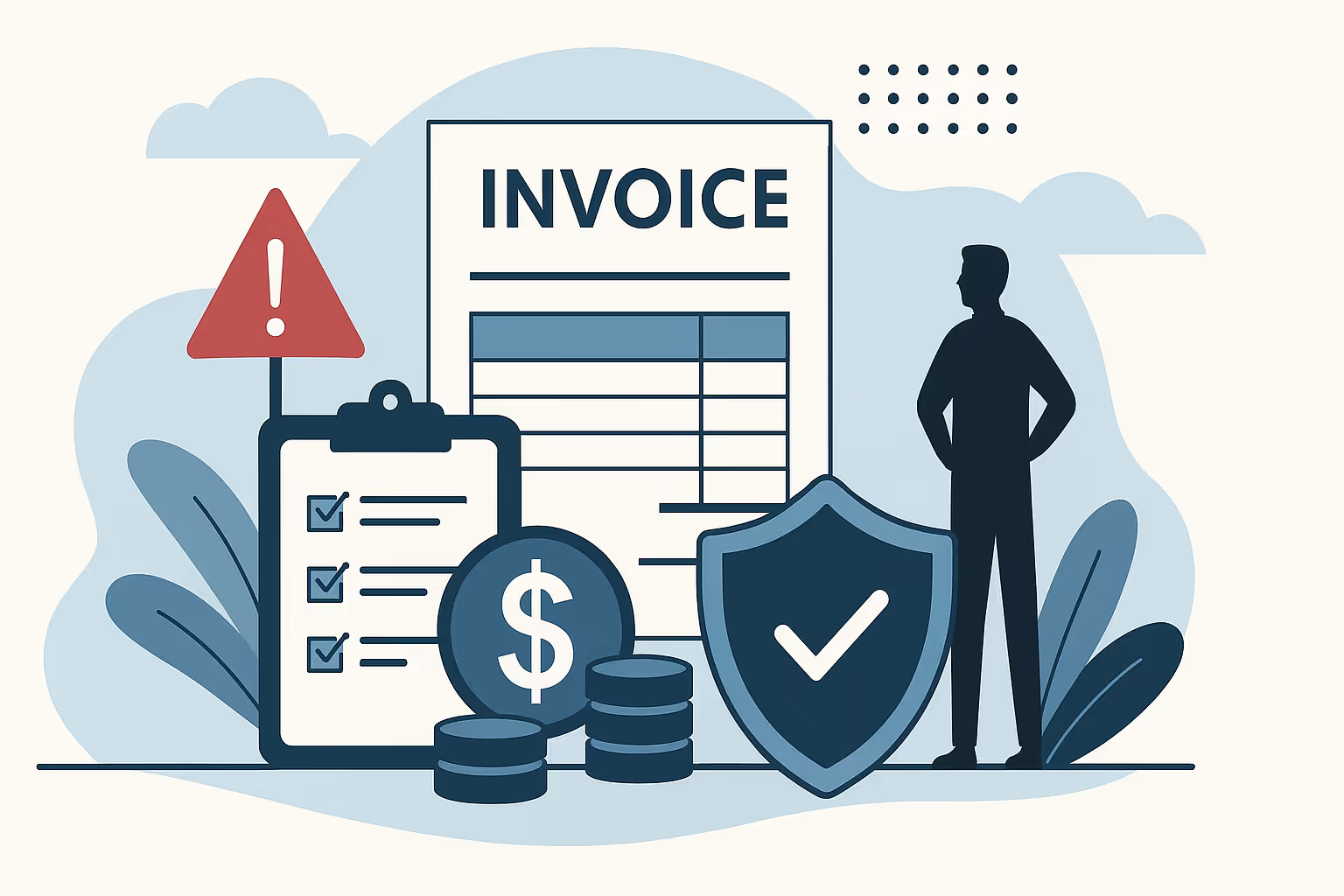Incomlend Capital Launches Variable Capital Company (VCC)
Incomlend Capital launches its Singapore-regulated Variable Capital Company (VCC), offering institutional investors a flexible and transparent investment structure.
Learn how to detect and prevent trade finance fraud. Explore key red flags, case studies, and strategies to safeguard global trade transactions.

Trade finance fraud is a looming shadow over global commerce, presenting sophisticated challenges that can lead to significant financial losses. Highlighted by notorious cases like the $1.1 billion Qingdao metals scandal or the collapse of Greensill Capital, these incidents underscore the vulnerabilities within trade finance systems.
This guide delves into the common forms of trade fraud and offers robust strategies for effective trade finance fraud prevention to shield your business. Learn to navigate this perilous landscape and fortify your operations against potential threats.
Trade finance fraud can manifest in several forms, each posing unique threats to the integrity of international trade operations. Here are some prevalent types of fraud in trade finance:
1. Duplicate Financing:
This occurs when a trader seeks financing from multiple lenders for the same invoice or bill of lading. Unaware of the multiple submissions, each financial institution may extend credit, leading to losses when the duplicity is uncovered.
2. Falsified Trade Documents:
Manipulating or forging documents like invoices, shipping documents, or storage receipts allows fraudsters to inflate prices or quantities, deceive financiers about the existence or quality of goods, or engage in phantom shipping where no actual goods are shipped.
3. Collusion Among Parties:
Sometimes, fraud involves collusion between buyers, sellers, and sometimes even bank officials. By colluding, these parties create a semblance of legitimacy to fictitious trade deals or inflate transaction values to draw higher financing amounts.
4. Balance Sheet Manipulation:
Companies might overstate their assets or underreport liabilities to appear financially healthier. This deception can lead to securing loans and trade financing under false pretences, creating substantial financial risk for lenders.
5. Advance Fee Fraud:
In these schemes, businesses are deceived into paying upfront fees to access financing or goods that do not actually exist. Scammers often lure companies with promises of significant trade finance at below-market rates, disappearing once fees are paid.
Identifying warning signs of potential trade fraud is crucial for businesses to protect themselves proactively. Here are some red flags that could indicate fraudulent activity:
1. Rapidly Changing Account Information:
Frequent changes in banking details, contact information, or business addresses can suggest an attempt to evade detection or create confusion.
2. Inconsistencies in Documentation:
Discrepancies between trade documents, such as mismatched dates, quantities, or descriptions across invoices, bills of lading, and shipping documents, can indicate altered or forged documents.
3. Unusual Shipping Routes:
Goods being shipped through unconventional routes that seem illogical or unnecessarily complex might suggest an attempt to complicate the tracking of the shipment or to launder goods through countries with lax regulations.
4. Pressure for Fast Approvals:
If a party insists on unusually quick financing or transaction approvals without adequate time for due diligence, it might be an attempt to push through a fraudulent deal before discrepancies are noticed.
5. New or Unknown Parties with Significant Deals:
When new clients or little-known entities propose high-value transactions without a solid track record or references, further investigation is warranted to ensure the legitimacy of the transactions and parties involved.
To shield against the multifaceted nature of trade fraud, businesses must deploy a comprehensive set of strategies tailored to address various types of fraud:
1. Thorough Due Diligence:
2. Robust Internal Controls:
3. Advanced Data Analytics:
4. Comprehensive Employee Training:
5. Collaborative Efforts:
6. Adopting Secure Technologies:
7. Legal and Compliance Adherence:
1. Duplicate Financing Detection: A major bank identified an instance where the same invoice was financed by multiple banks. Implementing blockchain technology enabled real-time visibility and prevented future occurrences by alerting all parties of prior transactions.
2. Collusion Crackdown: In a notable case, a supplier and buyer colluded to inflate invoice amounts. Enhanced due diligence and routine audits uncovered irregularities in reported quantities and prices, leading to legal actions and revised internal controls.
3. Document Forgery Exposure: A company almost fell victim to forged shipping documents. By integrating AI-driven document verification systems, they could cross-reference and validate documents with issuing authorities in real time, averting significant financial losses.
As trade finance evolves, the methods of fraud become increasingly sophisticated, necessitating stronger defences. It is critical for businesses to stay ahead by leveraging technology, enhancing due diligence, and fostering industry collaboration. By understanding and implementing robust fraud prevention strategies, companies can safeguard their operations and contribute to a more secure global trade environment, ultimately ensuring the integrity and reliability of international transactions.
Stay informed with expert tips, financial advice, and the latest updates to help you navigate your financial journey.